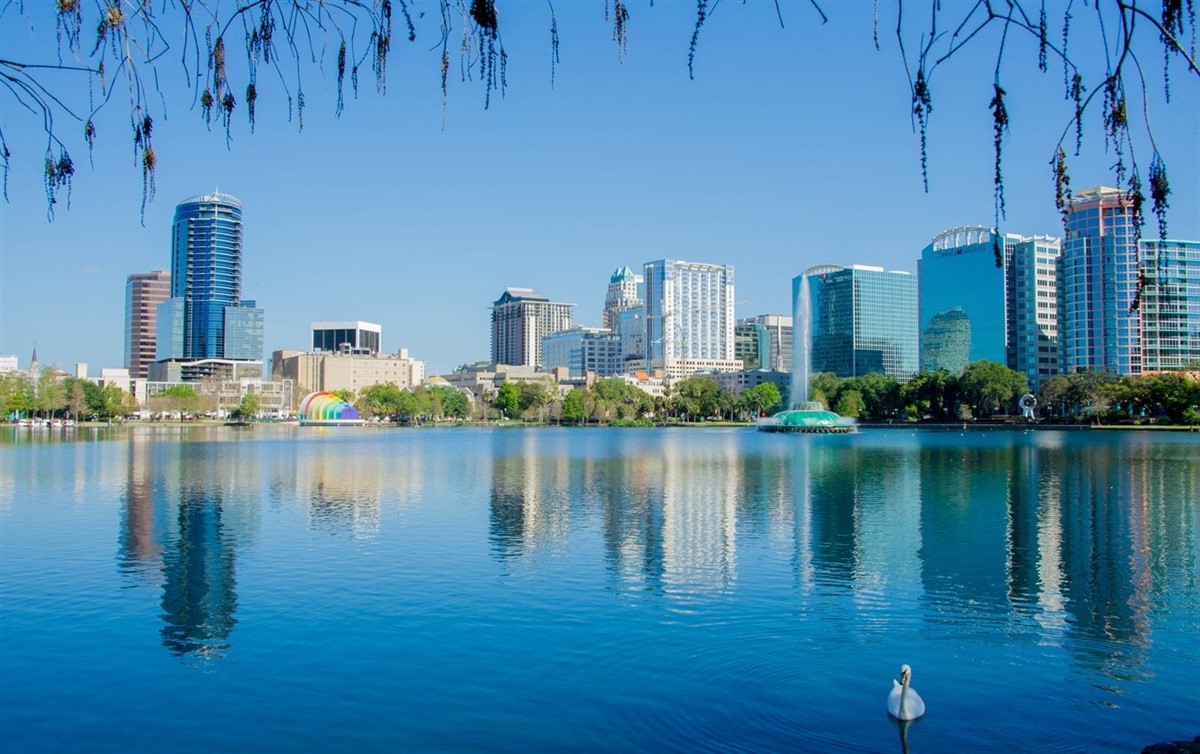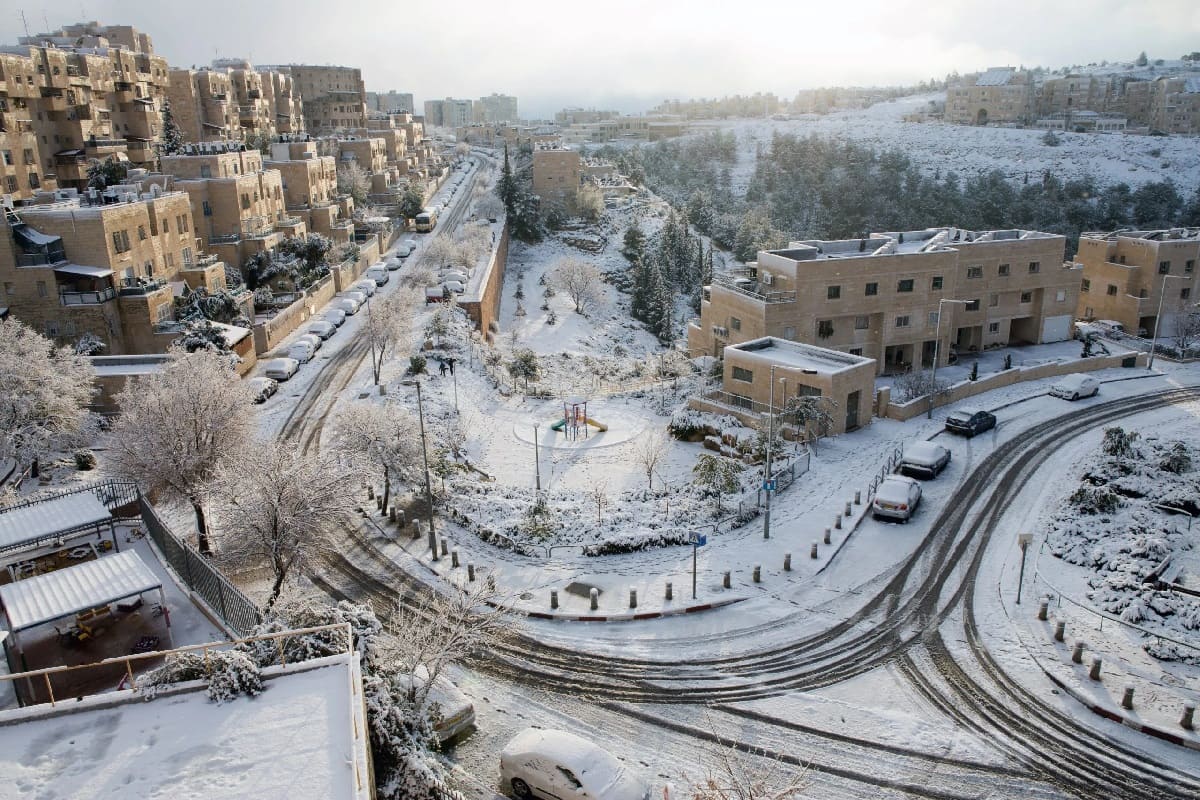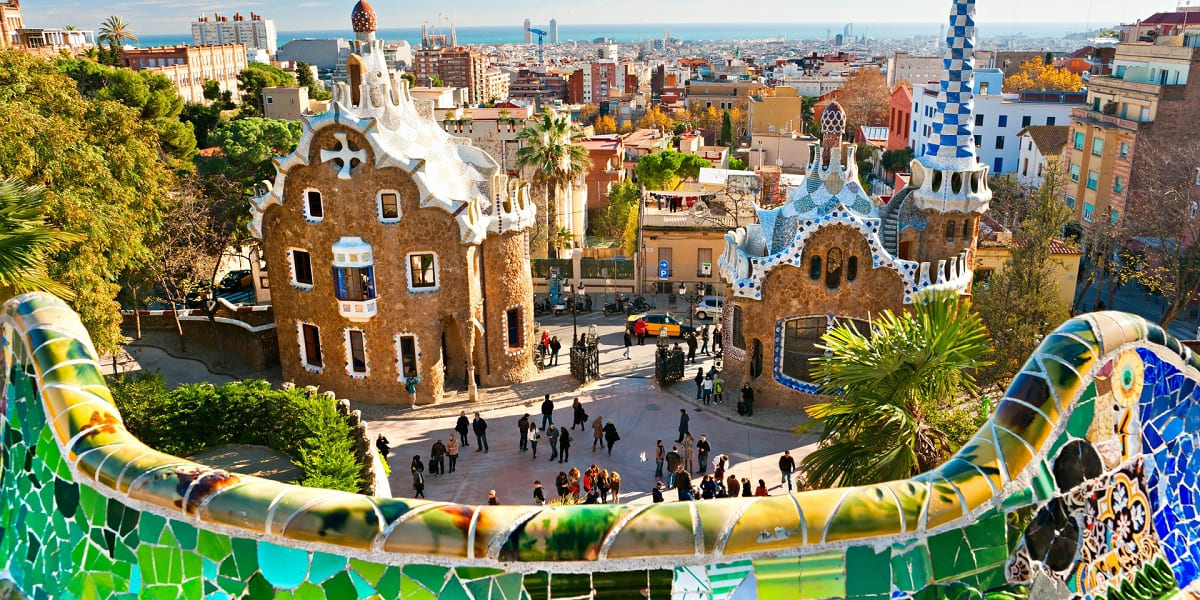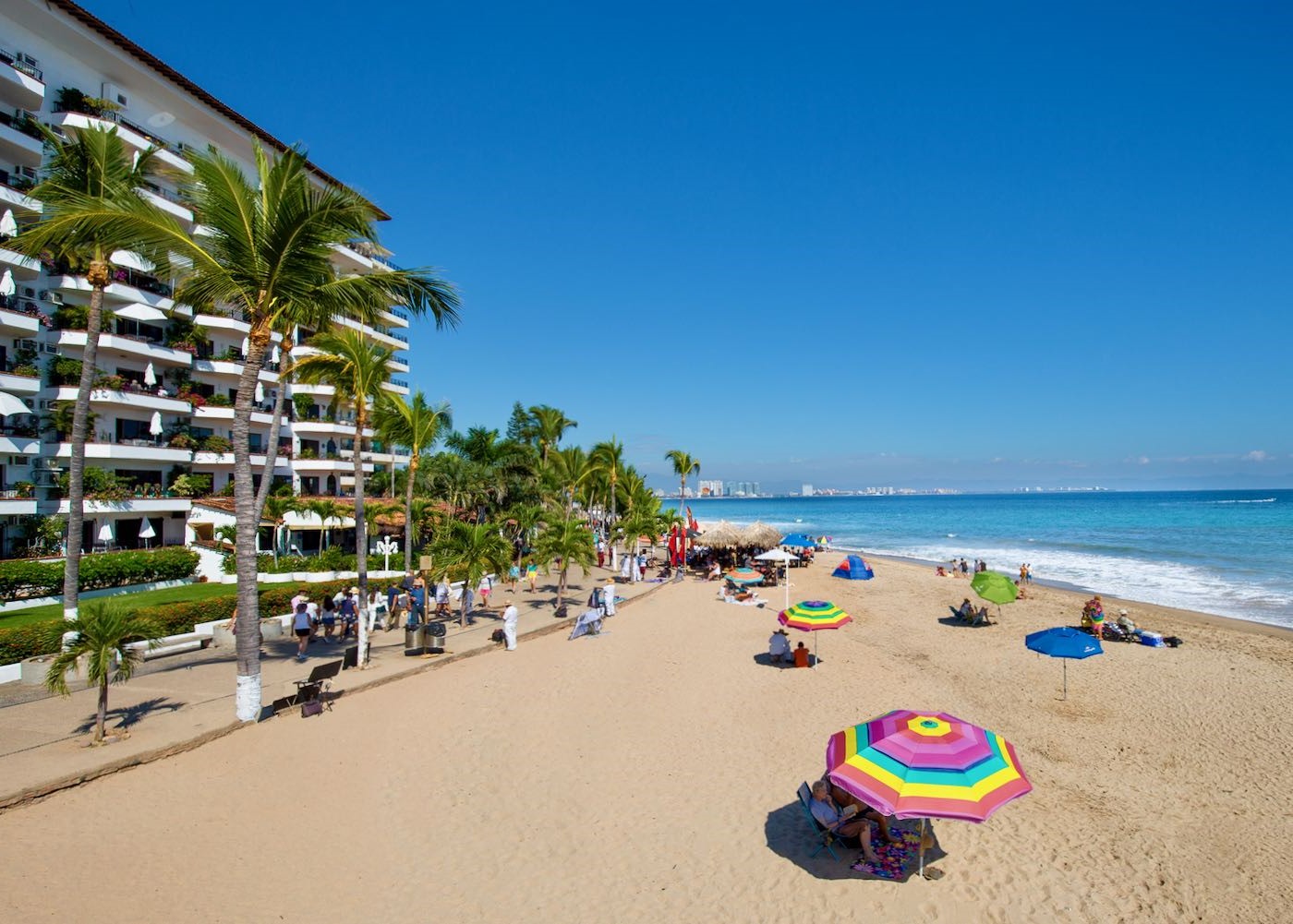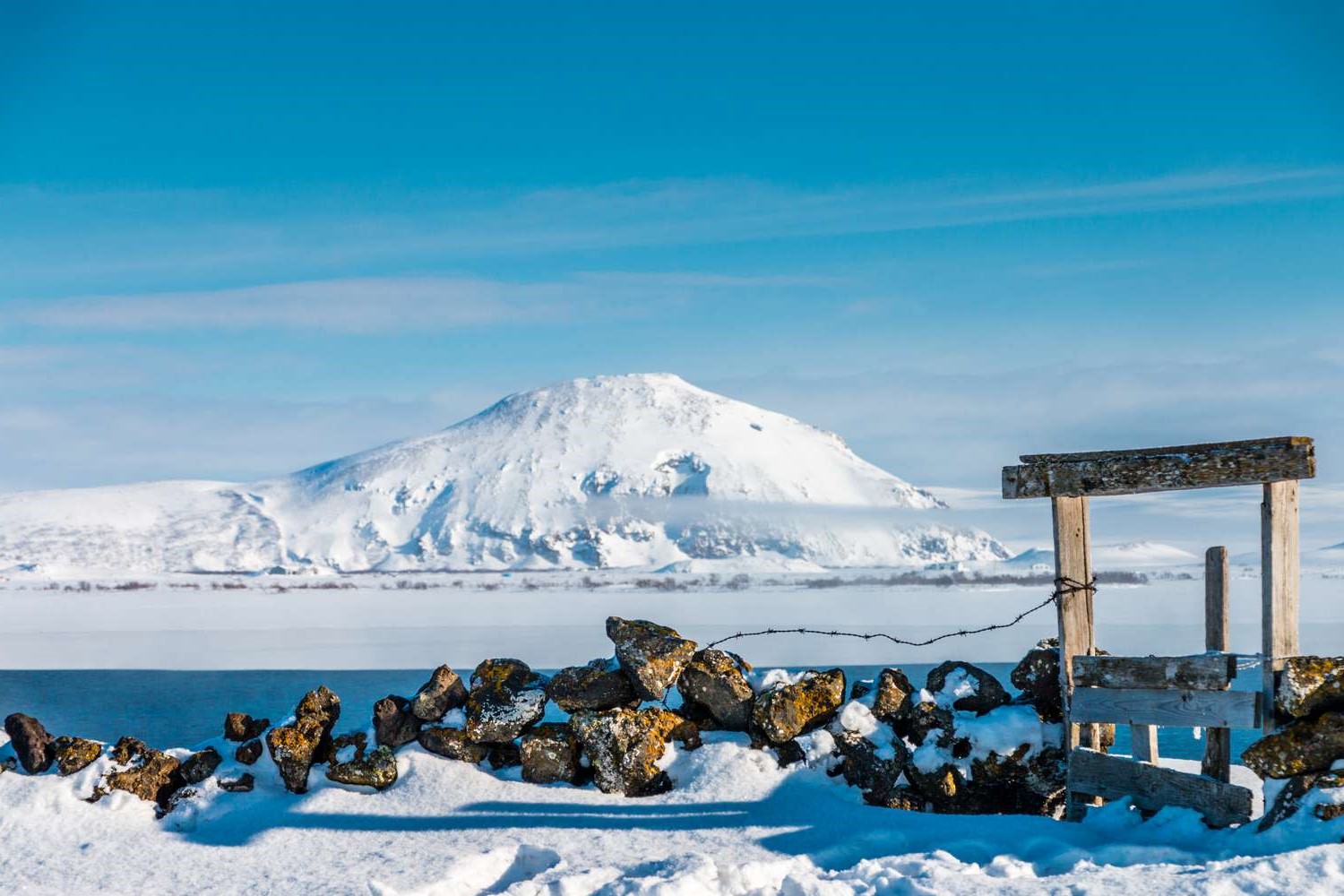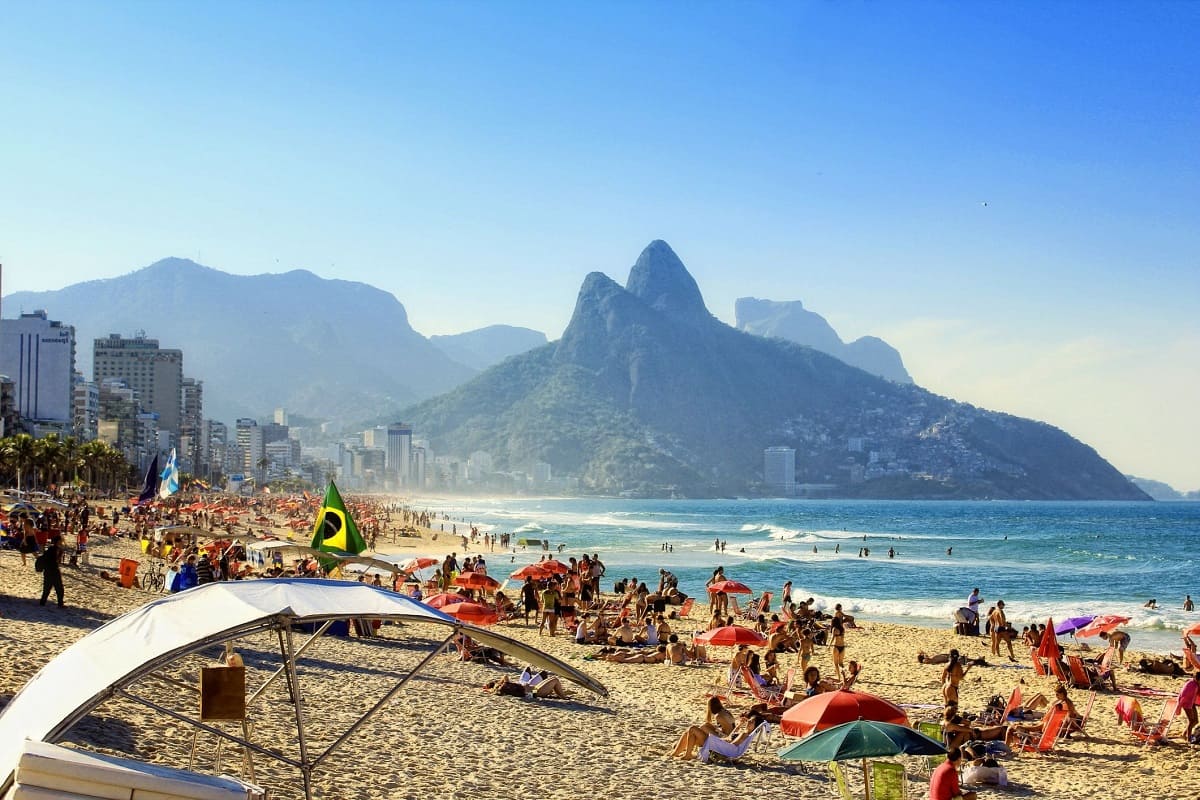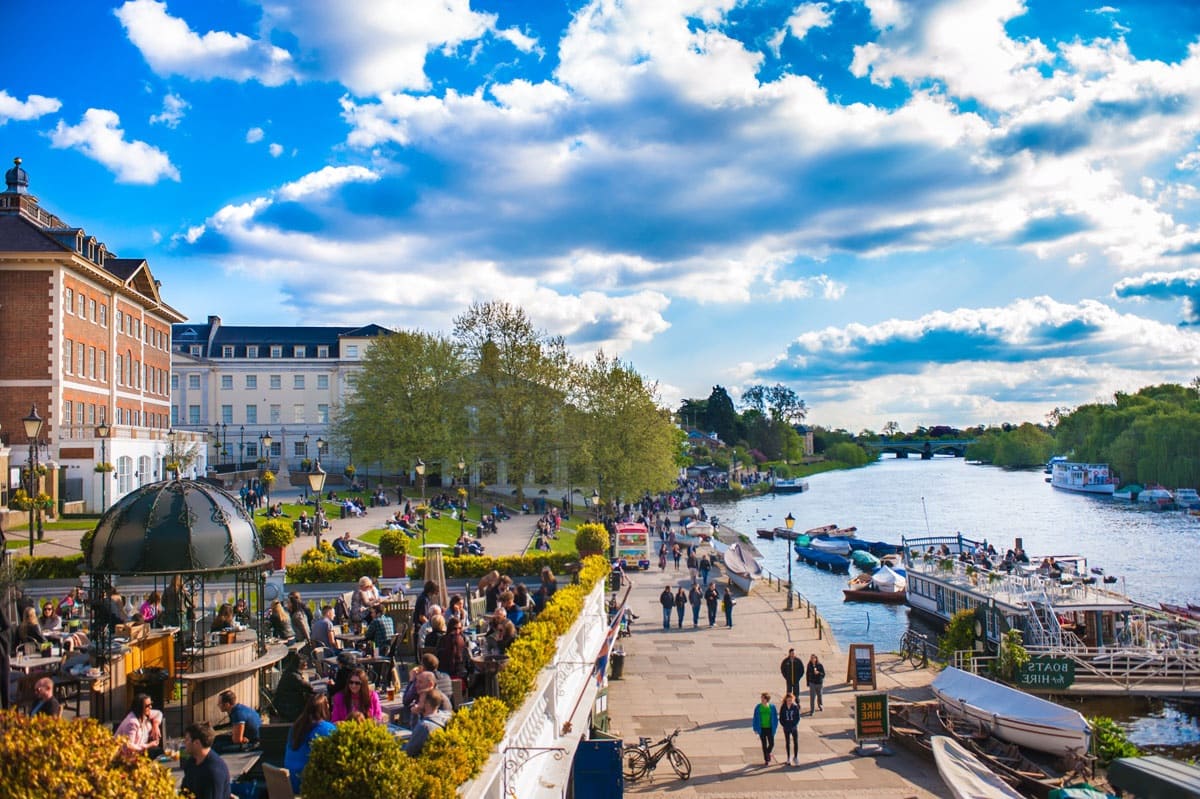Home>Weather and Climate>Average January Temperatures In Barcelona


Weather and Climate
Average January Temperatures In Barcelona
Published: March 3, 2024
Discover the weather and climate in Barcelona with average January temperatures. Plan your trip with this essential climate guide.
(Many of the links in this article redirect to a specific reviewed product. Your purchase of these products through affiliate links helps to generate commission for Temperatures.com, at no extra cost. Learn more)
Table of Contents
Introduction
Barcelona, the vibrant capital of Catalonia, is renowned for its rich culture, stunning architecture, and picturesque beaches. However, one of the city's often overlooked attractions is its diverse climate. Understanding the weather patterns and temperature variations in Barcelona is crucial for both residents and visitors, especially during the winter months.
In this article, we will delve into the average January temperatures in Barcelona, shedding light on the factors that influence these temperatures and the historical data that provides valuable insights into the city's winter climate. By exploring the highs and lows of January temperatures, we aim to provide a comprehensive understanding of what to expect when experiencing the winter season in this captivating Mediterranean city.
Join us as we embark on a journey to unravel the nuances of Barcelona's January temperatures, gaining a deeper appreciation for the interplay of geographical, meteorological, and historical elements that shape the city's climate during this time of year.
Read more: Average Temperature In Las Vegas In January
Climate in Barcelona
Barcelona, nestled along the northeastern coast of the Iberian Peninsula, boasts a Mediterranean climate characterized by mild, relatively wet winters and hot, dry summers. This unique climatic pattern is influenced by the city's proximity to the Mediterranean Sea and its sheltered location between the coastal range and the Pyrenees. The Mediterranean Sea acts as a moderating force, regulating the city's temperatures and contributing to its pleasant year-round weather.
During the winter months, including January, Barcelona experiences mild temperatures with occasional bursts of rainfall. The average daily temperature in January hovers around 13°C (55°F), offering a respite from the harsh winter conditions prevalent in many other parts of Europe. This moderate climate makes Barcelona an appealing destination for travelers seeking a winter escape without enduring extreme cold.
The city's coastal location also plays a pivotal role in shaping its climate. The sea exerts a stabilizing influence, preventing temperature extremes and fostering a more temperate environment. Additionally, the coastal breeze contributes to the overall comfort of the city, particularly during the warmer months. This maritime influence distinguishes Barcelona's climate from inland regions, where temperature fluctuations are more pronounced.
Furthermore, Barcelona's microclimate variations add an intriguing dimension to its overall weather patterns. The city's diverse topography, including its proximity to the Collserola mountain range and the Llobregat and Besòs rivers, contributes to localized weather nuances. These microclimates can result in subtle temperature variations across different neighborhoods, adding an element of intrigue to the city's climatic tapestry.
In summary, Barcelona's climate in January embodies the essence of Mediterranean weather, characterized by mild temperatures, occasional rainfall, and the soothing influence of the Mediterranean Sea. Understanding these climatic nuances is essential for anyone seeking to immerse themselves in the unique winter experience that Barcelona has to offer.
Factors Affecting January Temperatures
The January temperatures in Barcelona are influenced by a myriad of factors that collectively shape the city's winter climate. Understanding these influential elements is essential for comprehending the nuances of temperature variations during this time of year.
-
Maritime Influence: The proximity of Barcelona to the Mediterranean Sea plays a pivotal role in moderating its January temperatures. The sea acts as a thermal regulator, absorbing and releasing heat at a slower rate than land. This phenomenon, known as maritime moderation, prevents drastic temperature fluctuations, contributing to the city's relatively mild winter climate.
-
Topography and Microclimates: Barcelona's diverse topography, including its proximity to mountain ranges and rivers, gives rise to microclimates within the city. Elevated areas may experience slightly cooler temperatures, while low-lying regions may retain more warmth. These microclimatic variations add a layer of complexity to the city's temperature distribution, creating localized temperature nuances across different neighborhoods.
-
Urban Heat Island Effect: As a bustling metropolis, Barcelona experiences the urban heat island effect, where urbanized areas retain more heat than their rural surroundings. This phenomenon can lead to slightly elevated temperatures within the city, particularly in densely built-up areas. The urban heat island effect contributes to the overall warmth experienced in Barcelona, even during the winter months.
-
Wind Patterns: The prevailing wind patterns in January can influence Barcelona's temperatures. Depending on the direction and strength of the winds, the city may experience variations in temperature distribution. Coastal breezes, in particular, can have a cooling effect, mitigating potential temperature spikes and contributing to the overall comfort of the city.
-
Weather Systems and Fronts: The movement of weather systems and the arrival of frontal boundaries can bring about fluctuations in Barcelona's January temperatures. The interaction of different air masses, such as maritime tropical air from the Mediterranean and polar air from the north, can lead to shifts in temperature and weather conditions, impacting the overall thermal profile of the city.
By considering these influential factors, it becomes evident that Barcelona's January temperatures are the product of a complex interplay of geographical, meteorological, and urban elements. This multifaceted tapestry of influences contributes to the city's distinctive winter climate, shaping the experiences of residents and visitors alike.
Historical January Temperature Data
Historical temperature data provides valuable insights into the long-term climate trends and temperature variations that have shaped Barcelona's January weather. By examining historical records, meteorologists and climate scientists can discern patterns, identify anomalies, and gain a deeper understanding of the city's thermal profile during the winter month.
Over the years, meticulous record-keeping and advancements in meteorological instrumentation have facilitated the compilation of extensive historical temperature data for Barcelona. This data encompasses a wide array of metrics, including daily high and low temperatures, average temperatures, and temperature anomalies, allowing for a comprehensive analysis of the city's climatic history.
The historical January temperature data for Barcelona reveals intriguing trends and fluctuations. By scrutinizing this data, meteorologists have observed the gradual evolution of January temperatures over decades, shedding light on the city's susceptibility to climatic shifts and long-term temperature trends. Additionally, historical temperature data enables researchers to identify extreme weather events, such as unseasonably warm or cold spells, and assess their frequency and impact on the city's thermal regime.
Moreover, the historical temperature data serves as a vital resource for climate modeling and forecasting. By leveraging this wealth of historical data, meteorologists can refine their predictive models, enhance the accuracy of long-term climate projections, and anticipate potential shifts in Barcelona's January temperatures. This proactive approach to climate analysis empowers city planners, policymakers, and residents to make informed decisions regarding infrastructure, resource allocation, and adaptive measures in response to changing temperature patterns.
In essence, historical January temperature data stands as a cornerstone of climate research, offering a window into Barcelona's thermal past and providing a foundation for understanding the city's winter climate dynamics. This wealth of historical data serves as a compass for navigating the complexities of Barcelona's January temperatures, guiding our comprehension of the city's climatic evolution and informing our outlook on future temperature trends.
Average January High and Low Temperatures
In Barcelona, January ushers in a period of moderate winter temperatures, offering a welcome contrast to the harsh cold experienced in many other European cities. The average high temperature in January hovers around 14°C (57°F), providing a pleasant backdrop for exploring the city's myriad attractions. This comfortable daytime warmth allows residents and visitors to engage in outdoor activities, savor al fresco dining, and partake in cultural pursuits without the constraints of extreme cold.
Conversely, the average low temperature in January dips to approximately 10°C (50°F), signaling the arrival of cool evenings that beckon cozy strolls along the city's enchanting streets. While the nights may carry a hint of chill, the overall low temperatures remain mild, fostering an inviting ambiance for evening gatherings and leisurely promenades.
The juxtaposition of these average high and low temperatures creates a harmonious balance, encapsulating the essence of Barcelona's winter climate. The daytime warmth, coupled with the gentle coolness of the evenings, paints a picturesque backdrop for experiencing the city's cultural tapestry and architectural wonders.
Moreover, the moderate temperature range in January aligns with the city's Mediterranean climate, reflecting the influence of the nearby sea in tempering temperature extremes. This climatic equilibrium sets the stage for a delightful winter sojourn, allowing visitors to revel in the city's charm without the constraints of oppressive cold or sweltering heat.
The interplay of these average high and low temperatures underscores Barcelona's allure as a winter destination, beckoning travelers to immerse themselves in its vibrant ambiance and rich heritage. Whether basking in the daytime warmth or savoring the tranquil evenings, the city's January temperatures offer a compelling invitation to explore its enchanting landscapes and cultural treasures.
In essence, the average January high and low temperatures in Barcelona epitomize the city's Mediterranean climate, fostering a welcoming environment for residents and visitors alike. This temperature equilibrium sets the stage for a captivating winter experience, inviting individuals to embrace the city's diverse offerings amidst a backdrop of mild and inviting weather.
Variability of January Temperatures
The variability of January temperatures in Barcelona encapsulates the dynamic interplay of atmospheric influences and climatic nuances, giving rise to a tapestry of thermal fluctuations that shape the city's winter landscape. This variability is a hallmark of Barcelona's climate, reflecting the intricate dance of meteorological elements that imbue the city with its distinctive thermal character.
Throughout the month of January, Barcelona experiences a spectrum of temperature fluctuations, underscoring the city's climatic diversity. While the average high and low temperatures provide a general framework for understanding the thermal profile of the month, it is essential to recognize the inherent variability that enriches the city's winter climate.
At the onset of January, the city may witness periods of milder temperatures, characterized by balmy days and gentle evenings. This phase often sets the stage for outdoor pursuits and al fresco indulgences, as residents and visitors revel in the city's inviting ambiance. However, as the month progresses, Barcelona may encounter brief spells of cooler temperatures, infusing the air with a refreshing crispness that adds a touch of seasonal charm to the urban landscape.
Moreover, the variability of January temperatures is underscored by occasional fluctuations that punctuate the month, offering glimpses of climatic diversity. These fluctuations may manifest as transient shifts in temperature, where the city experiences brief departures from the typical thermal norms. Such variations contribute to the city's climatic tapestry, infusing the winter months with a sense of dynamism and intrigue.
Furthermore, the interplay of atmospheric dynamics, including the influence of weather systems and frontal boundaries, contributes to the variability of January temperatures. The arrival of weather fronts, characterized by shifts in air masses and associated meteorological phenomena, can engender temporary deviations in Barcelona's thermal regime, imparting a sense of fluidity to the city's winter climate.
In essence, the variability of January temperatures in Barcelona embodies the city's climatic mosaic, reflecting the ebb and flow of atmospheric forces that imbue the urban landscape with a sense of vitality and diversity. This variability enriches the winter experience in Barcelona, offering a multifaceted portrayal of the city's thermal identity and inviting exploration amidst a backdrop of nuanced climatic fluctuations.
Conclusion
In conclusion, the average January temperatures in Barcelona encapsulate the essence of the city's Mediterranean climate, offering a harmonious blend of mild daytime warmth and gentle evening coolness. The interplay of influential factors, including maritime moderation, topographical nuances, and the urban heat island effect, collectively shapes the city's winter thermal profile, fostering a welcoming environment for residents and visitors alike.
The historical temperature data serves as a valuable compass, guiding our understanding of Barcelona's climatic evolution and providing a foundation for anticipating future temperature trends. By leveraging this wealth of historical data, meteorologists and climate scientists can refine their predictive models, enhancing the accuracy of long-term climate projections and empowering stakeholders to make informed decisions in response to changing temperature patterns.
Furthermore, the variability of January temperatures in Barcelona underscores the city's climatic diversity, infusing the winter months with a sense of dynamism and intrigue. The transient fluctuations and atmospheric dynamics contribute to the city's climatic mosaic, enriching the winter experience and inviting exploration amidst a backdrop of nuanced climatic fluctuations.
As we unravel the intricacies of Barcelona's January temperatures, it becomes evident that the city's climate embodies a captivating blend of geographical, meteorological, and historical elements. This multifaceted tapestry of influences shapes the city's distinctive winter climate, inviting individuals to embrace its diverse offerings amidst a backdrop of mild and inviting weather.
Ultimately, the average January temperatures in Barcelona beckon travelers to immerse themselves in the city's vibrant ambiance and rich heritage, offering a compelling invitation to explore its enchanting landscapes and cultural treasures. Whether basking in the daytime warmth or savoring the tranquil evenings, the city's January temperatures set the stage for a captivating winter experience, inviting individuals to embrace the city's diverse offerings amidst a backdrop of mild and inviting weather.

